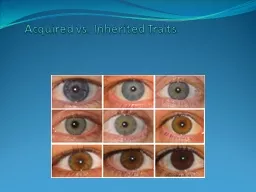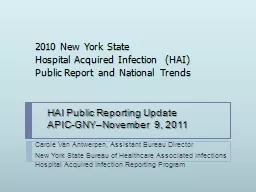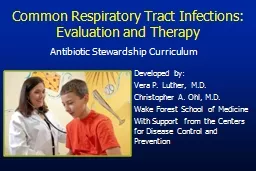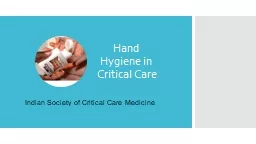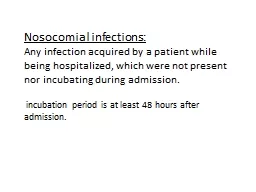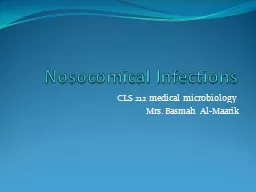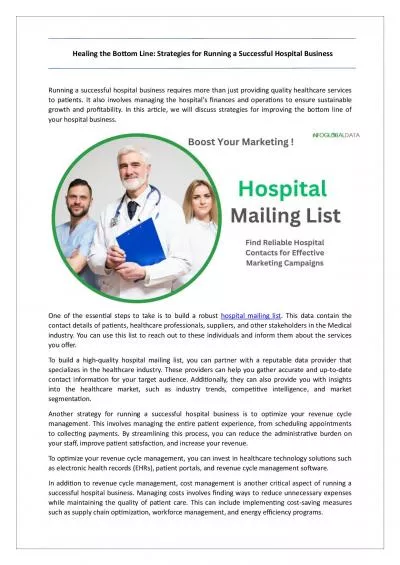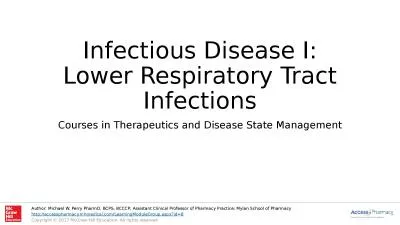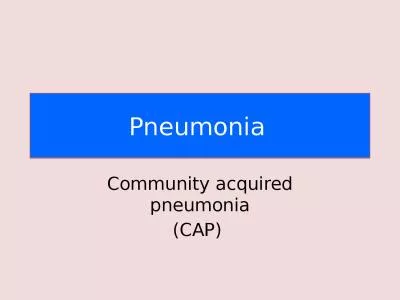PPT-Hospital Acquired Infections
Author : mjnt | Published Date : 2020-08-29
Jennifer Schiermeyer Kathie ODell Melissa Kumm Hand hygiene is the first universal precaution to prevent spreading disease but as healthcare professionals we are
Presentation Embed Code
Download Presentation
Download Presentation The PPT/PDF document "Hospital Acquired Infections" is the property of its rightful owner. Permission is granted to download and print the materials on this website for personal, non-commercial use only, and to display it on your personal computer provided you do not modify the materials and that you retain all copyright notices contained in the materials. By downloading content from our website, you accept the terms of this agreement.
Hospital Acquired Infections: Transcript
Download Rules Of Document
"Hospital Acquired Infections"The content belongs to its owner. You may download and print it for personal use, without modification, and keep all copyright notices. By downloading, you agree to these terms.
Related Documents



